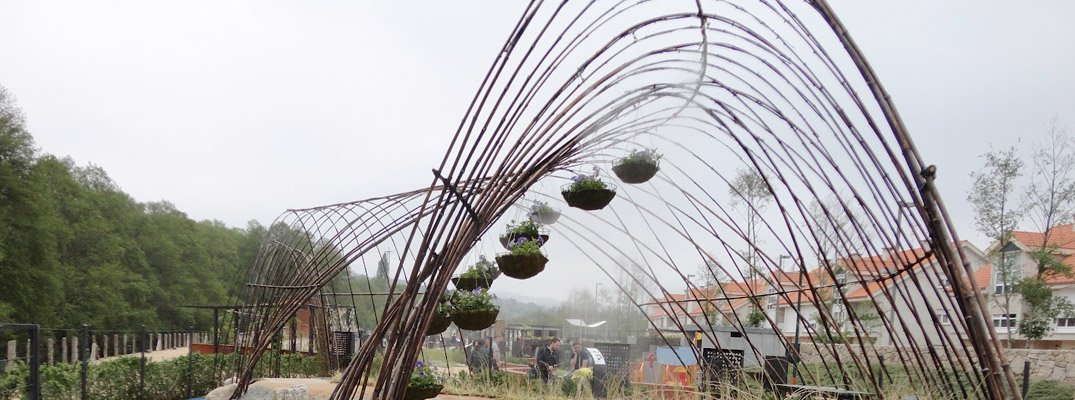
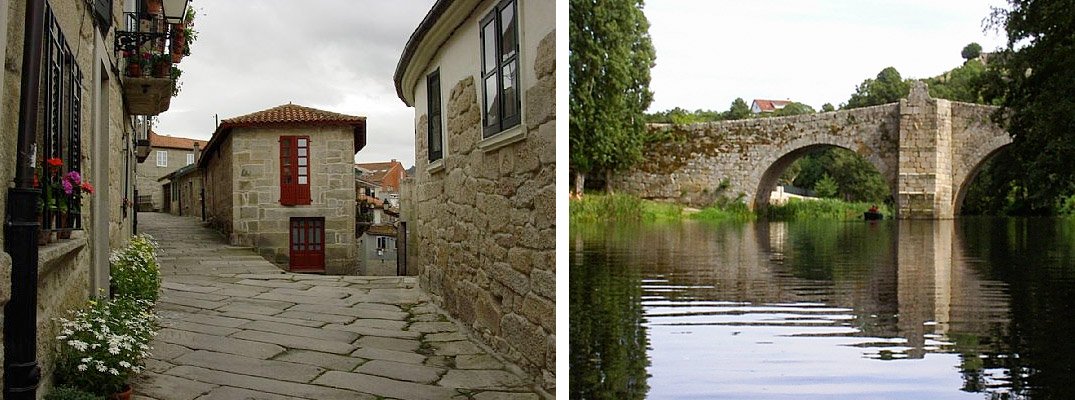

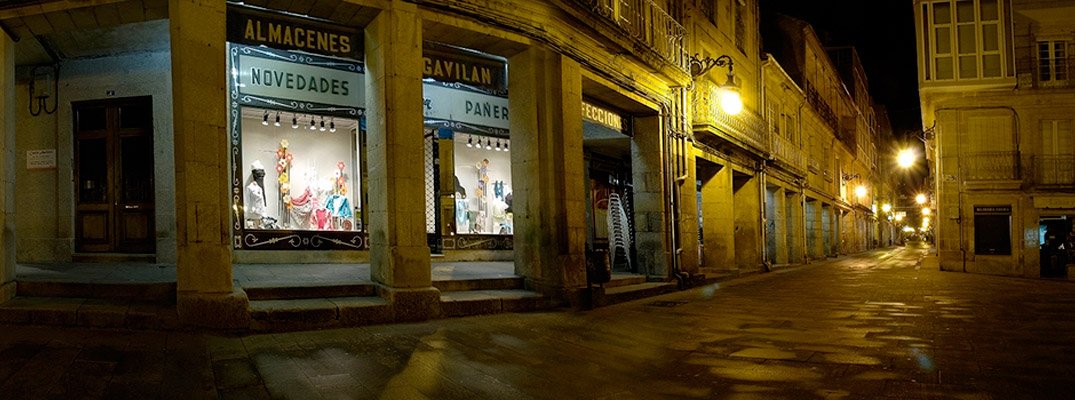
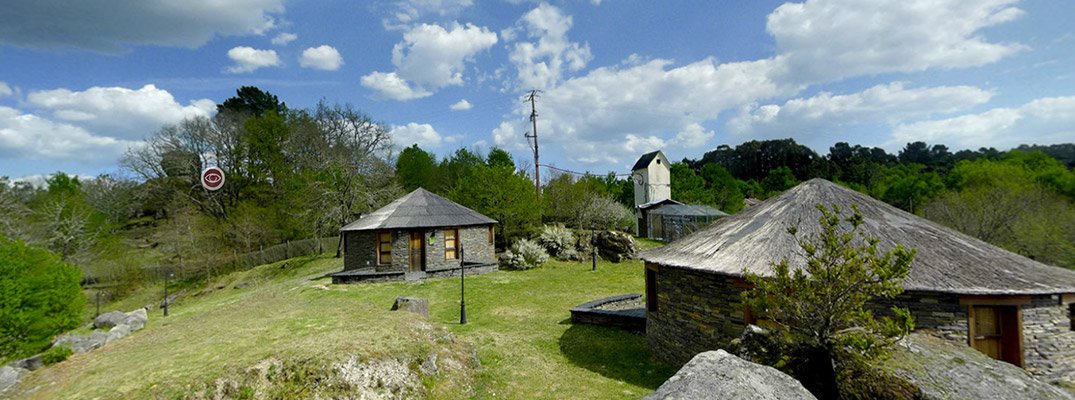

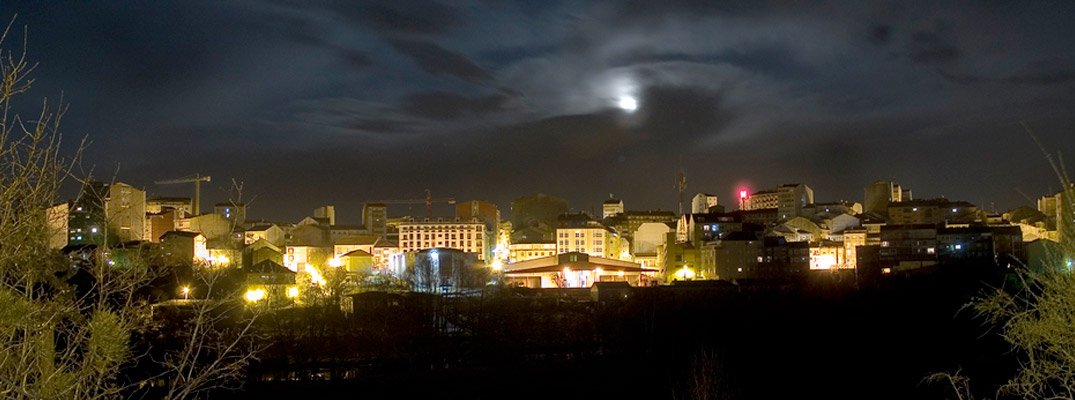
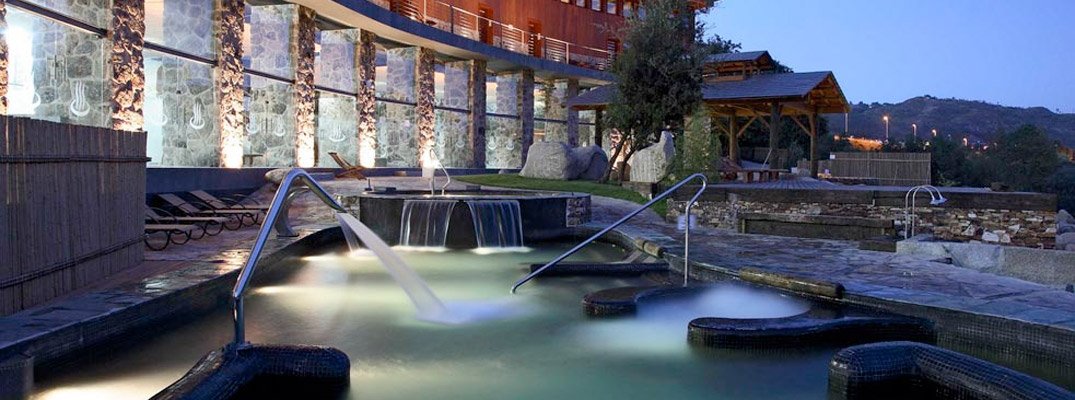
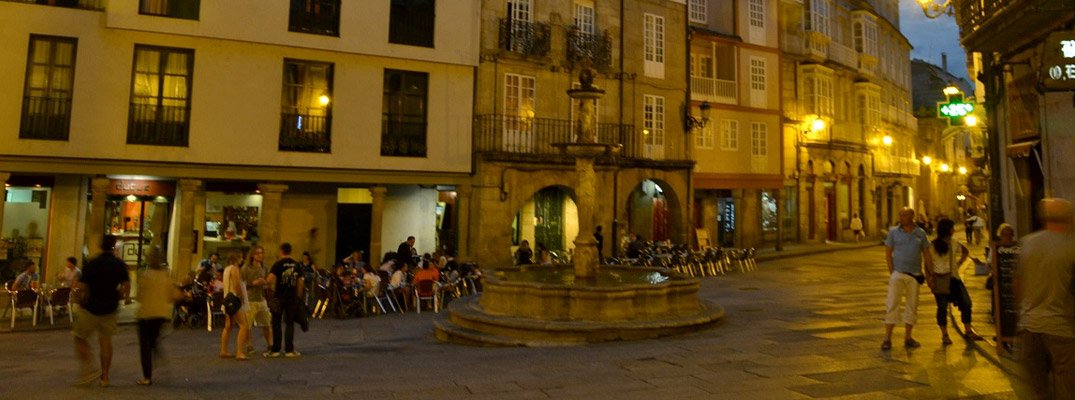
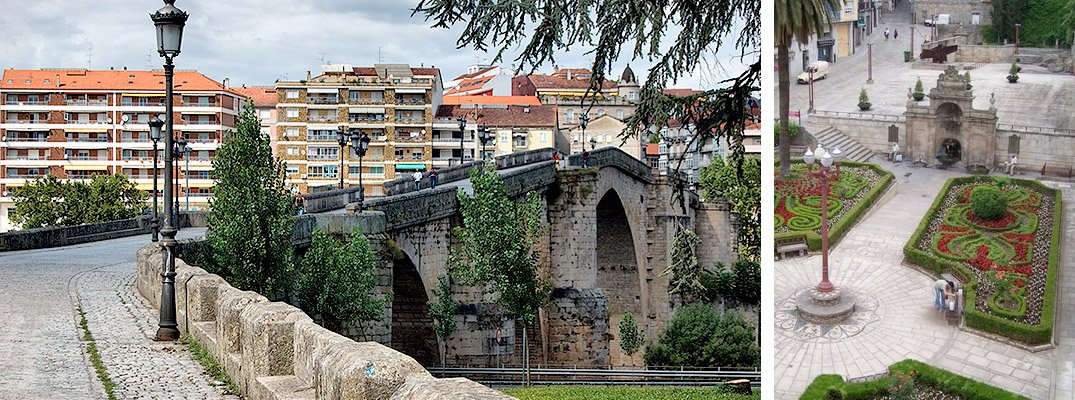

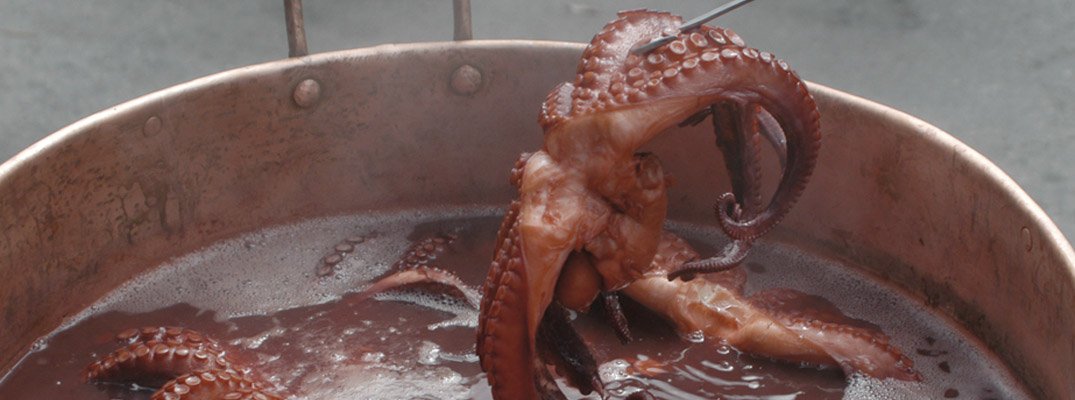


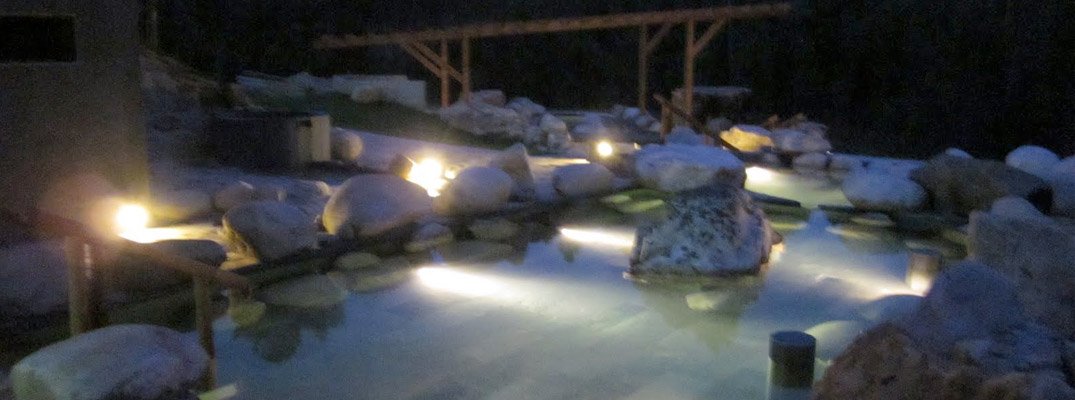


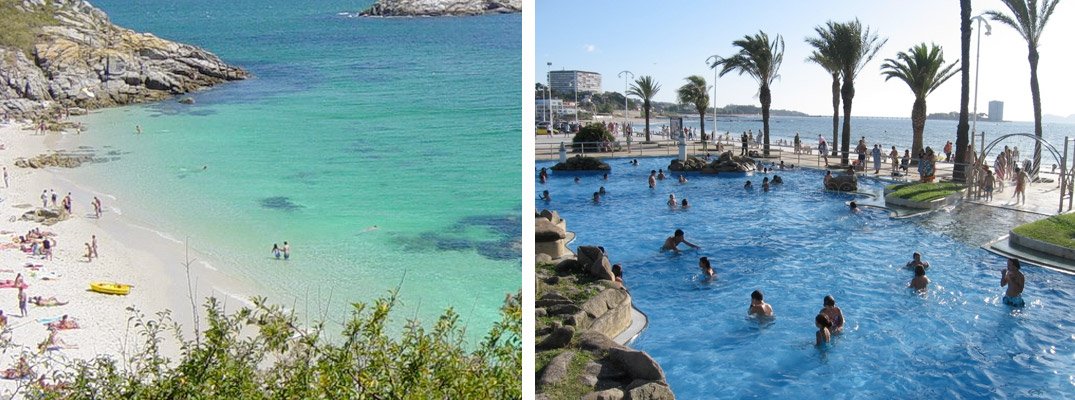
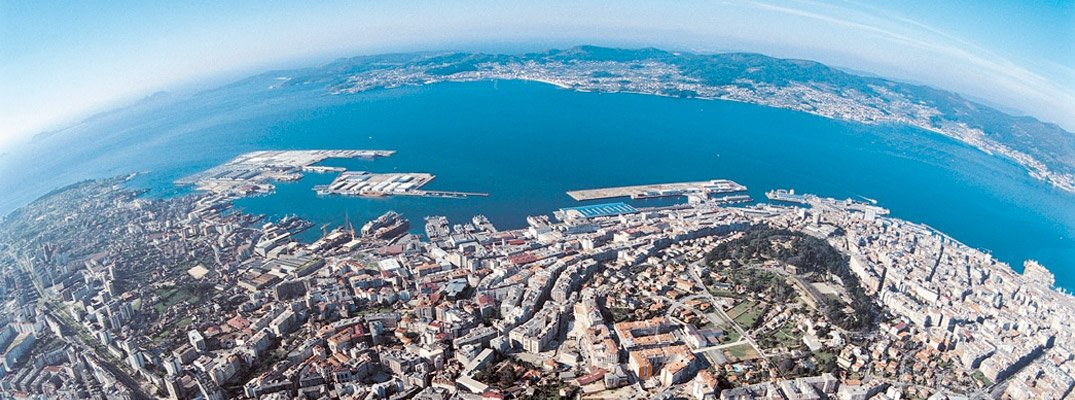
Our environment
Ribadavia
The medieval town of Ribadavia is the capital of the historic region of Ribeiro, which produces the famous and legendary wine so highly praised by kings and poets since time immemorial. Its declared a Historic Cultural Property, consists of a network of traditional «rúas» of medieval character, a blanket of stone where walking becomes a pleasure for lovers of history. A journey full of surprises which include the Castle of Sarmiento, the Jewish Quarter, museums and many churches from different periods and styles. A tale of rock covered by a varied landscape of vineyards and streams suggestive contemplation that make Ribadavia a living museum full of contrasts and history.

Links of interest
Between inland and coastal lands
Carballiño
Carballiño owes its origin to its unique strategic location as a crossroads between the hinterland and the coast of Galicia.
Its dawn began at a fair at the beginning of the 17th century, taking advantage of this communications node, and from there its unstoppable progress until it became a town, then a municipality and later a county seat. Its marked regional gestation was supported by other factors that contributed to consolidate a place with a marked personality, and whom the illustrious writer Otero Pedrayo would define as: «The land of good meat, the best bread and the appreciated wine».
Gastronomy was also vital to recognize this land and the one that would add a delicacy conceived in its market, the so-called «Polvo a Feira» which originated in the most populous and well-known pilgrimage in Galicia: «A Festa do Pulpo» (The octopus festival) that is celebrated in the incomparable place of the municipal park, a landscape environment of 60 Ha. that brings together an enormous natural, ethnographic and tourist wealth. The projects carried out in this area in recent years (ethnographic museum, Municipal Camping, «Muíño das Lousas» — Mill of the slabs—, Fish Farm, Leisure Residence) are a model of recovery and use of previously degraded spaces.
We cannot forget the great thermal wealth that O Carballliño possesses, being the seaside resort par excellence and its thermal institute in Galicia. Its two spas have been recognized throughout Galicia since the end of the 19th century and were the tourist stronghold that together with its fair began the deployment of this municipality.
Links of interest
Ourense
On the banks of the Miño lies the city of Ourense, which maintains its traditional link with the river through its Roman bridge. Crossroads of roads, the Old City preserves some of its most important monuments, among which the Cathedral stands out.
The Miño River, which crosses the city in its middle course, has determined the current physiognomy of the capital of Ourense. Almost two thousand years ago, the Romans settled in this territory attracted, among other reasons, by its thermal waters. The best-preserved legacy from that time is “a ponte vella” (the old bridge), which connects both banks of the Miño and has become the symbol of the city. From the primitive Roman bridge some ashlars are preserved at the base of the bridge. This important civil work was restored in the 13th and 17th centuries to its current appearance, with a pointed arch and ramps.

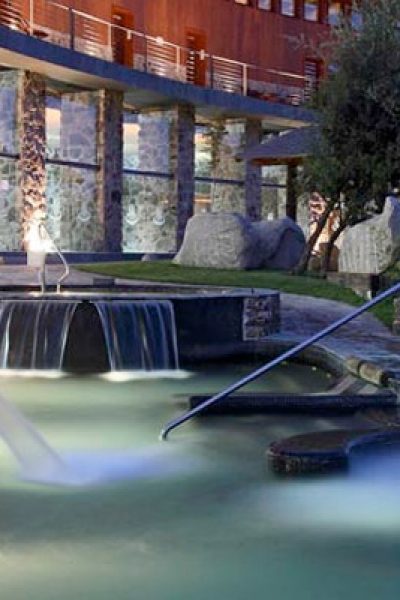
Along the streets that make up the Old City you can discover the rich heritage of the capital of Ourense. The arcaded Plaza Mayor was the center of social and commercial life in the city, as markets, festivals and all kinds of cultural and recreational events were held there. The City Hall building presides over this space. Its construction dates from the end of the 19th century. It has a classicist façade with a balcony on the first floor and arcades on the ground floor, finished off with a coat of arms and a clock at the top.
Next to it stands the old Episcopal Palace. This building, located on the enclave of the primitive Roman settlement, began to be built in the 12th century. Of its subsequent extensions and remodeling, its Baroque façade, made in the 18th century, stands out. Today the site houses the collections of the Archaeological Museum, divided into two sections: one for archaeology, which brings together a collection of objects and pieces of art from the Paleolithic period to the Middle Ages, and another for fine arts.
In the vicinity of this square you can see the church of Santa María Madre. The baroque-style temple was built in the 18th century on top of a previous one from 1084. Several columns with marble capitals can still be admired from the old basilica. The current church consists of three bodies flanked by two towers and with heraldic shields on the pediment.
Above the old town stands the clock tower attached to the Cathedral of San Martiño. The cathedral temple was built between the 12th and 13th centuries, being its consecration in 1188. Outside, the «Portico del Paraíso», from the 13th century, reflects Compostela influences and evokes the Glory of the Cathedral of Santiago. The south door, which leads to the Plaza del Trigo, is the one that best reflects the transitional Romanesque to Gothic style in which the Cathedral was built. Meanwhile, the clock tower reveals its later invoice, since it dates from the 16th century, as does the west portal. Inside, the temple has a Latin cross plan, three naves and a transept with a dome in its center.

The Main Chapel houses a large altarpiece made by Cornielis de Holanda in 1520 in which scenes of the Virgin Mary and Jesus appear. Among the side chapels, it is worth highlighting that of Santo Cristo, the work of Juan de Herrera (16th century), where a Gothic Christ (14th century) is venerated. In the Claustra nova, the old Gothic cloister, the Cathedral Museum has been installed, which brings together pieces of sacred art, some of them of great value.
In this beautiful environment of streets and squares, presided over by fountains or by typical stone crosses (stone cross that stands on a column), we find other outstanding buildings. An essential visit is the Oca-Valladares Palace, considered one of the most important in Galicia. Built in the 16th century, this Renaissance mansion has a two-storey façade and a central balcony on which the coats of arms of various Galician noble families appear. Starting in 1850, the building became the headquarters of the Liceo Recreo, an old cultural institution from Ourense.
The church of Santa Eufemia originally belonged to an old Jesuit convent. The works of this temple would begin in the 17th century, although they would not conclude until the 18th century. From this last period is the sumptuous Baroque facade, with columns and concave shapes. The church, the largest after the Cathedral, has a Latin cross plan with three naves. The complex is dominated by a baroque altar with the image of Cristo de la Esperanza (18th century).
The convent of San Francisco (14th century), declared a Historic-Artistic Monument, stands out for its cloister, one of the most important in Galicia. It has a rectangular floor plan and 63 pointed arches supported, for the most part, by double columns. This unique space stands out for the rich and varied decoration, with human, animal and plant representations, which appears on the capitals, as well as in the spaces between columns.
Before concluding the tour of the city, do not forget to visit the Burgas, hot springs that have made Ourense famous. The oldest is the one at Arriba, a fountain in the popular style of the 17th century. La Burga de Abajo, nineteenth century, was built in neoclassical style, and consists of three bodies and their pipes. Festivals, gastronomy and surroundings to get to know Ourense and its inhabitants, it is best to visit the city in February, since the capital has one of the most peculiar carnivals (here called Entroido) in Spain. It is characterized by its color and its typical characters (Peliqueiros), which are rooted in ancient traditions of the province.
In any establishment in the old quarter of the capital of Ourense, it is possible to appreciate the excellent quality of the wines that are produced throughout the province and that, in turn, are included within four Denominations of Origin: Ribeiro (The one we have in Casal de Armán), Valdeorras, Ribeira Sacra and Monterrei. Any of them can serve as an accompaniment to the gastronomy of the area.
In the gastronomy of Ourense, octopus, meat «ó caldeiro» (beef cooked with oil, garlic and paprika) or roasted kid are typical dishes. Eel pie is a specialty in great demand during the spring. Emblems of confectionery from Ourense are the «marron glacé» (dessert made with chestnuts) and the «cañas pasteleras» (cream-filled pastries).
Geographically, Ourense capital is located in the middle of the «Ruta de la Plata», a traditional route of communication between the south and the northwest of the Iberian Peninsula and which, moreover, was a pilgrims’ passage to Santiago de Compostela. In the rest of the province you can visit counties full of history. To the north, one of the most beautiful is the Ribeira Sacra, dominated by the Sil River canyon and named for the large number of medieval monasteries and churches it preserves. In the southern half are two of the most important protected areas in Galicia, the «Baixa Limia-Serra do Xurés» Natural Park and the «O Invernadeiro» Natural Park. The «Parador de Verín», located in front of the Monterrei fortress, allows you to enjoy these natural spaces, as well as the old town of Monterrei, declared an Historic-Artistic Site.

Allariz
Declared a Historic-Artistic Complex, it is installed in the fluvial landscape created by the upper course of the Arnoia River. Important religious constructions appear in a typically medieval layout and surrounded by chestnut forests.
The origin of Allariz dates back to prehistoric times, although it is necessary to wait until the Middle Ages for it to obtain the title of Town and Court. The presence of numerous princes, including the one who would later be «Alfonso X el Sabio», caused the city to be walled and strengthened. Its importance during this historical period can be seen in important pre-Romanesque, Romanesque and Gothic temples. Thus, you can visit «San Martiño de Pazó», the Collegiate Church of «Xunqueira de Ambía», the Sanctuary of «Santa Mariña de Augas Santas» and the churches of Santiago, San Estevo and San Pedro. Within civil architecture, the remains of the castle and the bridges of Vilanova (15th century) and Frieira (18th century) over the Arnoia river stand out. It is also worth strolling through the «A Barreira» field, where its fountain and beautiful “cruceiros” are located. It is interesting to visit this town in August, during the «Festa da Empanada», a tradition that combines folklore and gastronomy.
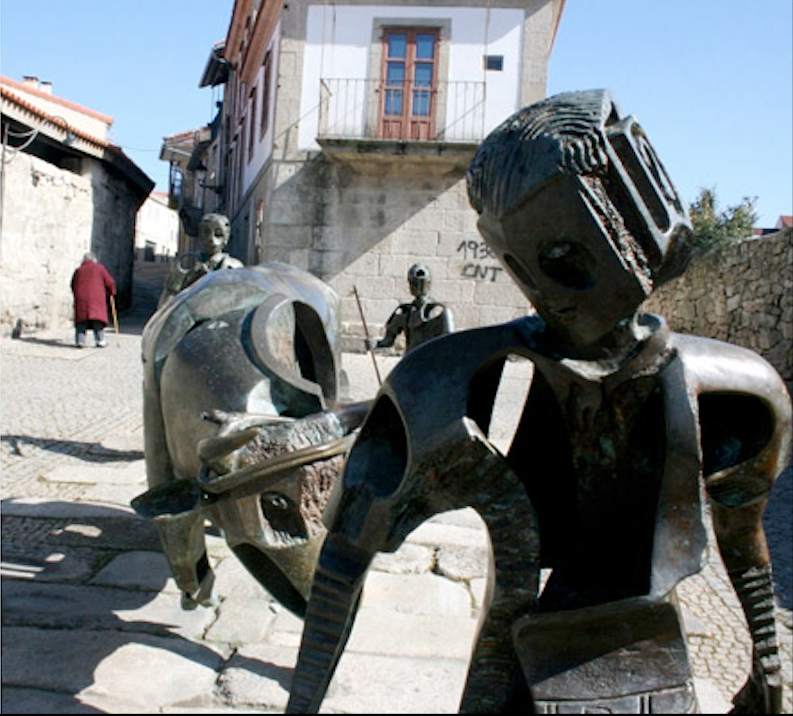

Vigo
In the Galician province of Pontevedra, on the shores of the Atlantic Ocean, is the city that gives its name to the southernmost of the Rías Baixas: Vigo. Its fishing origins have left us an old quarter with a strong seafaring flavour, which contrasts with the modern facilities of its marinas. This town is an exceptional starting point to enjoy the towns of the Ría de Vigo and the Cíes Islands, integrated into the National Park of the Atlantic Islands. Galician coastal cuisine, based on fish and shellfish, is another incentive to travel to this region.
The port of Vigo, one of the best natural ports in the world, gave rise to this town surrounded by mountains. Its maritime qualities, already used in Roman times, have given rise to its current leisure ports, transatlantic dock and fishing and canning industry. All this has contributed to the urban development of Vigo, in which the popular seafaring farmhouse is combined with important historical constructions and large landscaped avenues.
The old town, the Cidade Vella, is built around the old fishing district of «O Berbés», near the port. In this neighborhood, of Historical Tourist Interest, are the arcades of the Plaza de la Constitución, fishing streets and emblazoned houses. In this network of small streets, where the facades usually have glazed viewpoints, the Collegiate Church of Santa María, the Co-Cathedral of Vigo-Tui stand out. It is a neoclassical construction erected on the remains of a Gothic church set on fire by the pirate Drake. In this area we can visit the «Mercado do Pedra», a unique place to buy and taste Galician oysters. The most current Vigo unfolds in the triangle formed by Puerta del Sol, Colón and Urzáiz. Between large avenues we find distinguished buildings such as the García Barbón Cultural Center, a work of Antonio Palacios. In the modern area stands one of the best viewpoints over the Vigo estuary, the Monte do Castro. Between forests and recreational spaces are the remains of the forts that formed the primitive settlement, in addition to the ruins of the O Penso Castle, from the 10th century. On its layout, the current Castillo de la Torre was built in the 17th century. The extensive Municipal Park of Castrelos is located in what used to be the Pazo Quiñones de León estate. Between neoclassical gardens and centuries-old trees, the Municipal Museum offers us an interesting collection made up of Roman stelae, furniture and sculptures, and an art gallery that includes both European Baroque works and modern Galician authors. The park also has an open-air auditorium, where important musical events take place. The mountains of A Madroa and A Guía, which surround the city of Vigo, make up exceptional observatories from which to admire the surrounding landscape. In the first we can visit the Zoological Park, while in the Municipal Park of A Guía stands the hermitage of Nosa Señora da Guía. The Galician Sea Museum, located at Punta do Muiño, in the parish of Alcabre, consists of buildings, gardens, a square and a dock. This set, the work of Aldo Rossi and César Portella, houses different elements related to the sea. The Ria of Vigo. Vigo is a well-connected city, through highway and airport, which has important nautical facilities
and a golf course in its vicinity
from its maritime station you can hire tickets to travel to the fishing villages of Cangas and Moaña, on the other side of the estuary, and even sailing to the Cíes Islands.
Islas Cíes belongs to the National Park of the Atlantic Islands, and its steep cliffs and dunes are home to thousands of migratory birds. The tour of the Ría de Vigo offers us the contemplation of historic towns such as Baiona. Its Parador de Turismo, an incredible viewpoint over the Atlantic, alternates elements from its past as a medieval fortress with vestiges of stately Galician architecture. Its restaurant offers us both traditional dishes and imaginative recipes made with products from the region, such as sea bass with razor clams in turnip top sauce. The beaches of Nigrán, the oysters of Arcade and, inland, the Mondariz spa, are some of the countless attractions in the area. The province of Pontevedra also offers us its capital, located in the estuary of the same name. Important religious and civil constructions stand out in the network of streets and squares of its historic center. The palace of the Counts of Maceda houses the city’s Parador de Turismo, a privileged accommodation where we can spend the night during our stay. Another of the most important ports of the Ría de Pontevedra is Marín, known for its Naval Military School. Combarro, Sanxenxo and Portonovo are other towns of interest and excellent beaches, in addition to the Ons Islands, which enclose the estuary and form part of the Galician National Park. The Ría de Arousa takes us to Villagarcía de Arousa, O Grove and the island of A Toxa, whose spa is one of the most impressive in Galicia. Cambados offers the traveler its Parador de Turismo, the old Pazo de Batán, dating from the 17th century. In the south of the province, almost on the border with Portugal, the visit can continue in the Monte Aloia Natural Park, with archaeological remains of great value; the historic city of Tui, point of entry into Spain for the Camino del Norte of the Jacobean route (ending in Santiago de Compostela), whose Parador de Turismo is located in a mountainous and river environment; or A Guarda, mouth of the river Miño, where we can visit the hill fort of Monte Santa Tegra. In any of these points we can approach the delicious cuisine that the Galician tradition has preserved, and the fruit of the most innovative chefs. The Rías Baixas bring hake, turbot and sea bass to the table; while among the molluscs we highlight barnacles, oysters, clams, mussels or cockles. Raw material that is made into stews and empanadas, on its own or combining flavors and textures. The Galician veal and potatoes, the cachelos, have a designation of origin, and are integrated into the most succulent dishes. Wines with the Rías Baixas Designation of Origin are the best accompaniment for these recipes. The gastronomic tasting can end with the Santiago cake (almond cake) and a queimada, a traditional drink resulting from the burning of orujo brandy.
call us
680 979 763 (9:00-16:30)
638 043 336
write us
visit us
O Cotiño, San Andrés Ribadavia Ourense (Spain)

